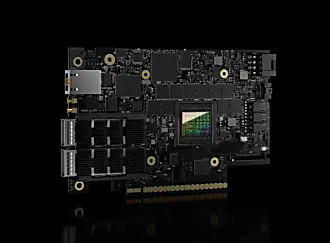Canonical
on 25 March 2014
Challenge
With just 400 Macbooks shared among 1,725 students and ever-changing educational needs, Penn Manor school district needed more than just replacement machines. It needed to provide continuous access to a range of computing facilities – and it needed to do so for every student. Yet the cost to provide new machines for all its students appeared prohibitive.
Considerations
Penn Manor's selection of any new hardware would need to fulfil a number of requirements:
- A full keyboard to enable the development of written expression
- Local file storage to allow for offline work, if connectivity was limited at home
- The facility for students to learn programming
- An interface and user experience to which they could quickly adapt
- Penn Manor considered a wide range of options.
Cost per unit ruled out replacement Macbooks immediately, along with most Windows PCs. Tablets were deemed inappropriate for several reasons, including cost, specification, lack of a keyboard, workflow complexity and programming limitations. Chromebooks were also considered but quickly dismissed, due to their lack of local file storage and the inability to install local programs.
Solution
The district eventually opted for Acer TravelMate TMB113 laptops running Ubuntu, for the following reasons:
- Provision of full specification at below the target unit price
- Inclusion of LibreOffice productivity suite for local document creation
- Choice of both Firefox and Chrome web browsers
- Support of Bigbluebutton, the virtual classroom, alongside other educational resources such as GCompris.
Results
Students finally have their own computers, both at home and in class. Before, access was limited to lessons – and then, only if their teachers booked the Macbooks in advance. And thanks to the user-friendly Unity interface, a ten-minute orientation session was all that was needed to help every student find their way around their new PC.
Charlie Reisinger, Penn Manor Technology Director, explained:
These laptops are the Swiss Army Knives of education computing. They give everyone equal access to the Internet – and a full and powerful computing device, instead of just a smartphone or a tablet.
Ultimately, it was the low cost and high capability of the Ubuntu laptops that made this migration a success. The total cost for all 1,700 machines was only around 20% more than it had been for 400 Macbooks, just five years before. In year 1 alone, the savings on licence fees amounted to around $200 per laptop: a total of around $345,000.



